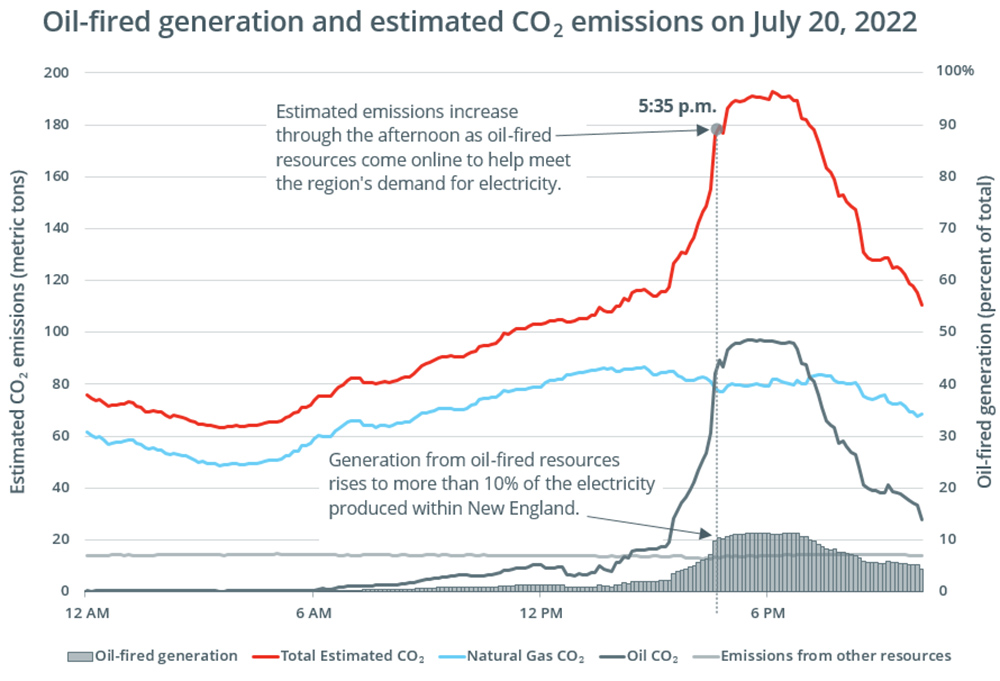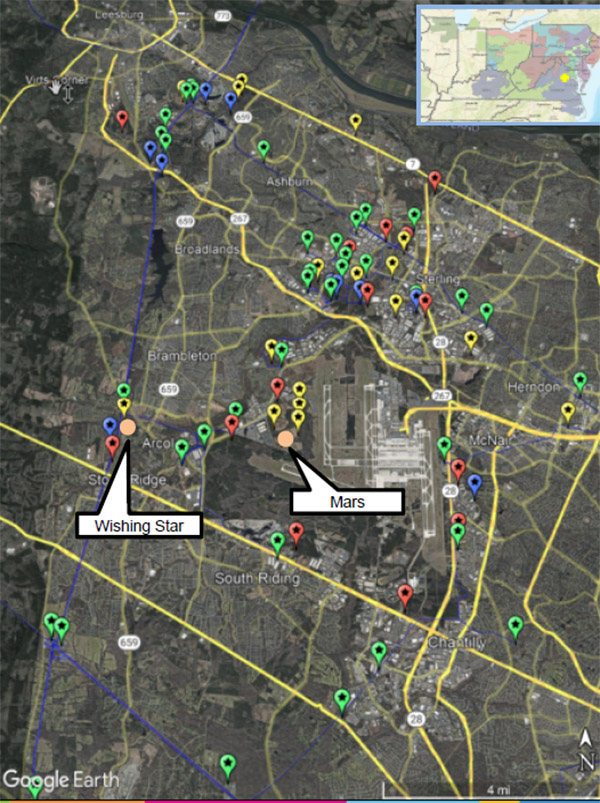The long-running saga of the battle over MISO transmission owners’ return on equity continued Tuesday when the D.C. Circuit Court of Appeals vacated FERC’s 2020 order setting the rate at 10.02% (16-1325).
FERC must yet again determine what the just and reasonable ROE is in a case that has gone on for nearly a decade, with seven different commission chairs and three different presidential administrations (EL14-12, et al.).
In its ruling, the D.C. Circuit helpfully included a two-page-long chart (p.13-14) to show the three ROE figures FERC had set since November 2013, when MISO transmission customers complained that the then 12.38% rate was too high: 10.32% in 2016, 9.88% in 2019 and 10.02% in 2020. The fluctuating figures owed to the commission repeatedly changing the inputs for the complex formula that determines the ROE.
To get the latest figure, FERC used three different financial models — discounted cash flow (DCF), capital asset pricing (CAPM) and risk premium (RPM) — to determine a zone of reasonableness and set the ROE at its midpoint. (See FERC Ups MISO TO ROE, Reverses Stance on Models.) That reversed the commission’s previous stance against using the RPM just six months before, when it set the 9.88% ROE using only DCF and CAPM.
The court determined that was an arbitrary and capricious decision. It noted that in November 2019’s Opinion 569, FERC “spent several pages demonstrating the impressive extent of” the RPM’s deficiencies. But later in May 2020’s Opinion 569-A, “FERC changed its tune.”
“FERC is, of course, entitled to change its mind,” the D.C. Circuit said. “But to do so, it must provide a ‘reasoned explanation’ for its decision to disregard ‘facts and circumstances that’ justified its prior choice. Here, FERC failed to do that.”
In setting ROEs for private companies, like the MISO TOs, FERC essentially estimates what their stock price would be if they were publicly traded. Using the RPM, it estimates the cost of equity using the premium that investors would expect to earn on a stock investment over the return they would expect to earn on a bond investment.
In 2019, FERC argued, among many other things, that there was no evidence that investors used the RPM to make decisions and that the model takes into consideration previous ROEs, which may have been rendered unjust and unreasonable.
But in 2020, “FERC failed to adequately explain why it no longer mattered that investors don’t use this model,” the court said. “Instead, it simply noted that investors expect a premium on a stock investment over a bond investment, and that investors track the returns FERC allows. Both statements are true, but neither offers a persuasive reason to think that the risk premium model as FERC applied it here offers meaningful insight into investor behavior.”
FERC also failed to address the model’s circularity, the court said, merely stating that “all of the models contain some circularity.”
“That explanation doesn’t meaningfully engage with the ‘particularly direct and acute’ circularity problems presented by using old rates to set new ones,” the court said.
The D.C. Circuit did, however, dismiss the majority of the petitioners’ complaints about the 2020 order, including aspects of the DCF and CAPM and that the commission should have used the median of the zone of reasonableness, rather than the midpoint. The court found that these arguments conflicted with prior legal decisions on FERC’s ratemaking, but that the commission’s unjustified reversal on the RPM “is alone enough to make FERC’s rate orders arbitrary and capricious.”
FERC Chair Richard Glick, who had lambasted the then-Republican majority over the reversal, celebrated the court’s decision. “Reversing FERC on the risk premium model is a big win for consumers, helping make energy costs more affordable,” he tweeted.
With its order vacated, “FERC still lacks a judicially validated mechanism to set electric utility ROEs,” ClearView Energy Partners noted. “With the need to invest billions of dollars to upgrade the nation’s transmission system looming, FERC’s response will be closely watched by all stakeholders.”



